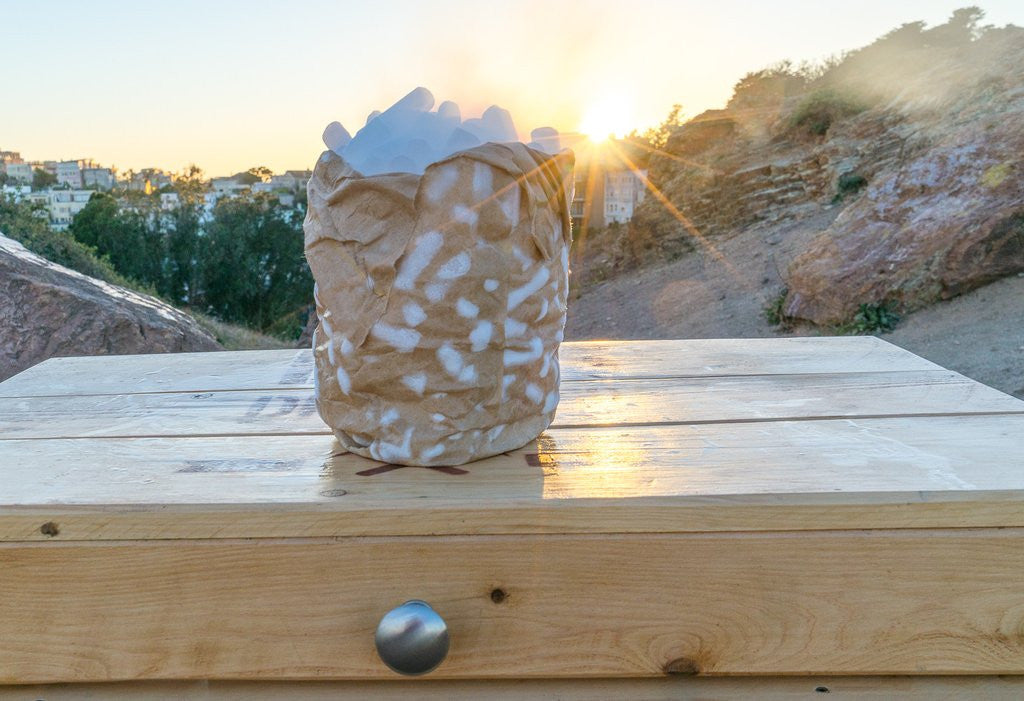- Continue Shopping
- Your Cart is Empty
Create dry ice fog
One of the most popular uses for dry ice is to create dry ice fog. This is especially fun for parties or events where you want a fog effect -- especially during Halloween!
Dry ice fog is created when you place dry ice into warm or hot water. This white fog is condensed water vapor, mixed with the invisible carbon dioxide release as part of sublimation, which is the process when dry ice goes from a solid state to a gas.
To create dry ice fog, you’ll need:
- Container
- Your container should be on the larger side, like a bucket or roasting pan, to allow for more dry ice and give space for bubbling fog.
- Hot water
- Hot tap water works great - as hot as you’re comfortable with using
- Dry ice
- Dry ice comes in either blocks or pellets. For this project you can use either dry ice blocks or pellets.
Always handle dry ice with care and wear gloves whenever touching it. An oven mitt or towel will also work if gloves are not handy. If touched briefly, dry ice is harmless, but prolonged contact with the skin will cause injury similar to a burn.
Find more safety information on our dry ice safety page.
Step 1
Fill your container half full of hot water

Step 2
Break a block of dry ice. Directions on how to break a dry ice block are available on this page.

Step 3
Add a few pieces of dry ice directly into the hot water. You’ll immediately get a significant amount of fog. As a rule of thumb, one pound of dry ice will create 2-3 minutes of fog effect.

Here's the same roasting pan as the picture above, 3-4 minutes after the dry ice was first placed into the hot water:

Step 4
After 5-10 minutes, your fog will start to slow as the water cools. To keep the fog going, you’ll need to add more hot water to the container, or replace the cold water entirely with a new batch of warm water. You’ll also need to keep feeding the warm water with dry ice, as it sublimates.
Here's an example of what the roasting pan above looked like when the water got too cold to give off significant fog:

The amount of fog you’ll create and how long the fog will last depends on a couple of variables: water temperature, size of the container, amount of dry ice. If you’d like to increase the amount of fog you get, you’ll want to increase the temperature of the water and increase the amount of dry ice. Remember that the hotter your water is, the faster your dry ice will sublimate.
Here's a condensed example of how dry ice fog looks within a roasting pan:

Here's another condensed example of how dry ice fog looks like within a bucket:


